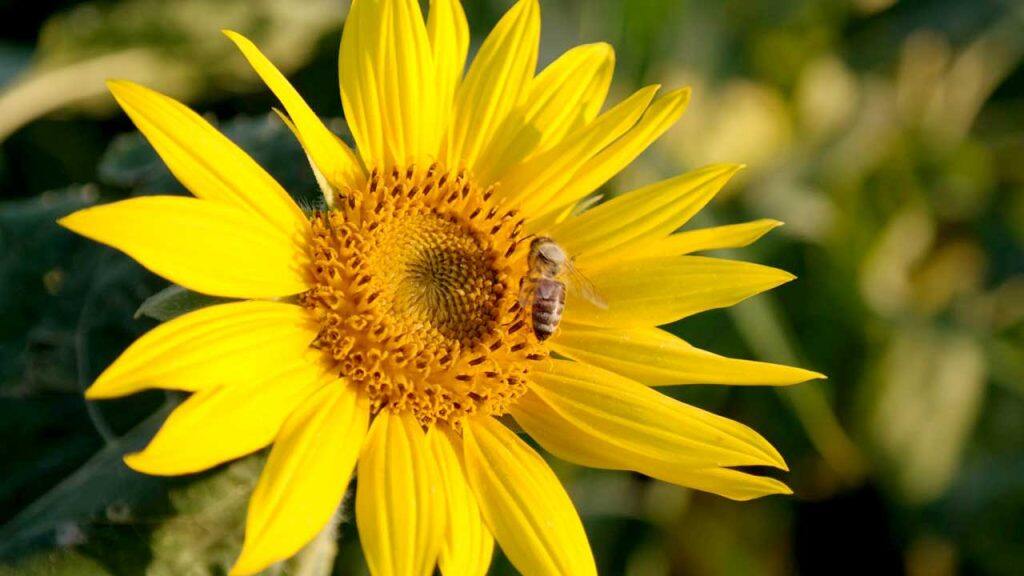A virus found in parasitic varroa mites attacking honey bees may turn out to be an unlikely ally in fighting another crippling bee disease, deformed wing virus (DWV).


Entomologist Dr Antoine Felden is studying how the recently discovered virus in the varroa mites may lessen the effects of DWV, which affects the bees’ ability to fly and leads to their early demise.
Varroa mites carry many viruses, including the debilitating DWV, says Dr Felden, a postdoctoral research fellow in the Centre for Biodiversity and Restoration Ecology at Te Kura Mātauranga Koiora—School of Biological Sciences.
He’s recently discovered an interesting, and seemingly unlikely, relationship between DMV and another virus, which he thinks may be the key to suppressing DWV.
“When there are high loads of the varroa-destructor virus (VDV-2) in varroa mites, then DWV levels are lower in both varroa and the bees they parasitise,” Dr Felden says.
What he still has to work out is whether it’s the high levels of VDV-2 that cause low viral loads of DWV, or vice-versa.
The relationship between the varroa mite and the two viruses is complex, but may be vitally important for understanding bee colony losses, he says.
Varroa and DWV are now the leading causes of honey bee colony loss in New Zealand and around the world.
In winter 2021, varroa was responsible for the loss of 5.3 percent of bee colonies, according to estimates from the Ministry for Primary Industries. That’s up from 1.6 percent in 2017.
Dr Felden hopes to secure funding to continue his work on the link between the two viruses.
“We need to look at the genetic variation and loads of VDV-2 in varroa to test whether DWV viral loads are associated with specific VDV-2 variants. Preliminary work suggests there are up to eight variants in New Zealand.”
Working with a team of scientists and students, Dr Felden plans to ‘manipulate’ VDV-2 loads in the varroa mites and examine the flow-on effects on DWV viral loads in both the mites and parasitised honey bees.
“By injecting the VDV-2 virus into varroa, we can confirm the association between the two viruses and test whether VDV-2 infections in the mites can limit deformed wing virus-associated mortality in bees.”
The research has the potential to significantly improve the prospects of honey bee colonies and reduce hive loss.
The group’s work will also have broader implications for honey-bee resilience and for understanding emerging diseases and threats to the bees, Dr Felden says.







































